LG Optimus 2X & NVIDIA Tegra 2 Review: The First Dual-Core Smartphone
by Brian Klug & Anand Lal Shimpi on February 7, 2011 3:53 AM EST- Posted in
- Smartphones
- Tegra 2
- LG
- Optimus 2X
- Mobile
- NVIDIA
The 2X we received came in packaging that obviously isn't final, but that isn't what's important at this point. Included is a microHDMI type D to full size HDMI type A cable about 6 feet in length, USB power adapter with type C AC plug, microUSB cable, and of course the smartphone itself with included battery. There's no microSD card provided, but that's admittedly somewhat mitigated by the presence of 8 GB of internal storage which looks just like an SD card to Android.
Hardware feel is just how we left it at CES. The 2X's back is a brown soft touch material with a metallic strip running along the center. The "with Google" text is engraved into the strip, which has a gentle slope leading to the camera bulge.
The camera area is raised a few mm above the rest of the device—it's reminiscent of the Droid X's camera bulge but not nearly as dramatic. The 2X's battery cover is removed by jamming your thumb in a slot at the bottom and tearing it off—plastic snaps around the edge hold it in place.
The 2X puts the battery cover in-between the last vertex of the camera and object space, one of the things we've complained about the Nexus One and other devices doing which basically provides an additional two more surfaces for fingerprints and grime to happen and add glare. The odd part is that the LED flash port on the battery cover is literally just a hole—this is a perfect place for dirt and pocket lint to get under and inside the battery cover.
With the battery cover off you can see the 2X's 5.6 watt-hour battery, SIM slot, and microSD card slot. The microSD position means that you can take the SD card out with the device turned on, and the slot is of the click-to-eject sort. There's no obvious port for a rear microphone, so there's likely no dual-microphone noise rejection for calling on the 2X.
The 2X is ringed by a silvery metallic plastic, in fact all of the 2X exterior is plastic. The right side of the 2X is home to the volume up and down buttons, which are discrete, clicky, and otherwise perfect.
At the bottom is the microUSB port, and two meshed ports which are reminiscent of the iPhone's design language. The left port is the microphone, right side is the speaker port.
Up top is the power and lock button, in-between is the microHDMI port for HDMI mirroring. There's a snap-off door held on by another piece of plastic which lets the door come off and swivel without totally detaching. To the right is the 1/8" headset jack. The rear of the jack is at a bit of an angle, so some of the connector shows through, but it's not a big deal and the jack works fine.
The front of the 2X is one continuous glass surface. The left and right sides of the display are curved gently in one axis, but nonetheless a noticeable amount. The majority of the display surface used for actual display and interaction is actually flat. Only at the extreme edges is there curvature. It's a bit reminiscent of the Dell Venue Pro, but nowhere near as extreme or pronounced.
The curvature, while attractive, has a downside. That downside is that the surface of the display is essentially defined by the two ridges formed right at the curvy parts—already vertical scratches have been accumulating right at those places. Obviously this is only a problem if you set the phone front-down.
The 2X's front facing camera is up at the top right. On the left, faintly visible are the two proximity sensor and ambient light sensors. At the top extreme is the main earpiece.
There are no status LEDs on the front of the device or tucked away under the speaker grille on the front like the EVO.
Unlike the Korean version, the P990 model has all capacitive buttons below the display. They're in the same order as the Galaxy S Fascinate, but a different order from everything else except other LG phones. They're all backlit, and there's no light leakage around the icons. There's a generous amount of space above and below the buttons, almost too much extra space. Either LG is leaving room for a carrier logo silkscreen, or else just making things easier for people with gigantic fingers.

Bottom to top: Nexus One, myTouch 4G, Galaxy S Fascinate, EVO 4G, iPhone 4, LG Optimus 2X
The 2X is dimensioned appropriately for the class of 4-inch screened displays it fits in. Thickness is just shy of 11 mm, which is essentially identical to the Nexus S we just reviewed. It's still thicker than the iPhone 4, but not dramatically so. The camera bulge is really what contributes to thickness—the vast majority of the 2X is a millimeter thinner. Weight is specced at 139 grams, we measured it at a slightly heavier 144 grams. It isn't unnervingly light like the Galaxy S series of phones (sans the Epic) were, but rather just right. In-hand feel is actually excellent—I found that the phone naturally sat in the hand so that my index finger rested on the curved ridge just below the camera, balance also was just fine in the palm.
The 2X's build is quite good, there's no flexing or creaking, no rattling when SMSes come in and the phone vibrates, either. It doesn't feel fragile, but it still lacks that hand-on-metal solidness that phones like the Nexus One misgive.


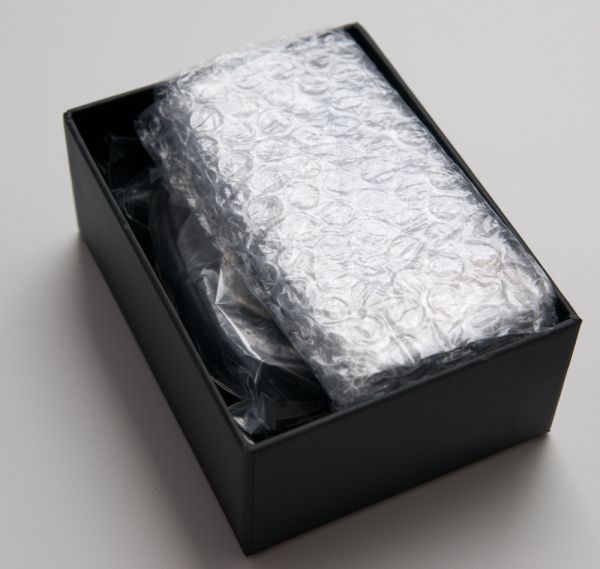
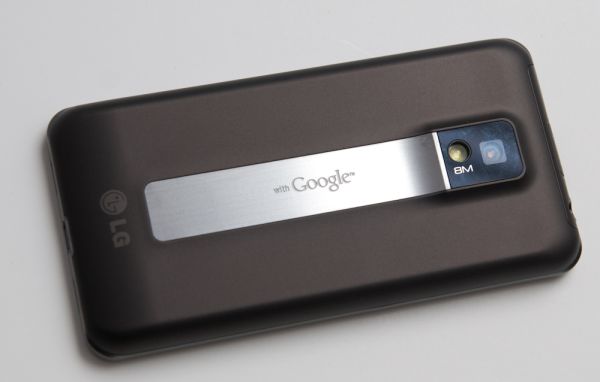
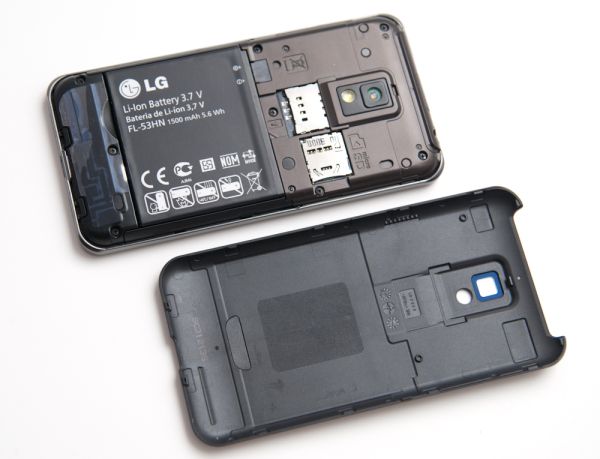



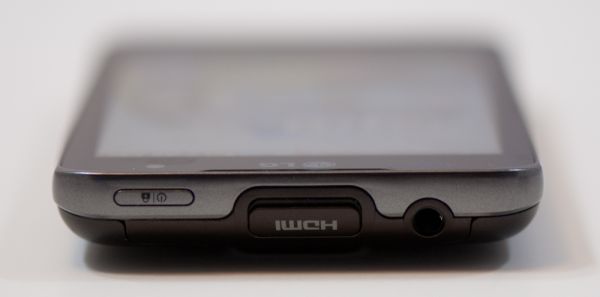
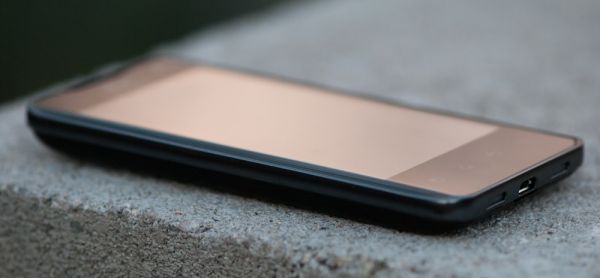
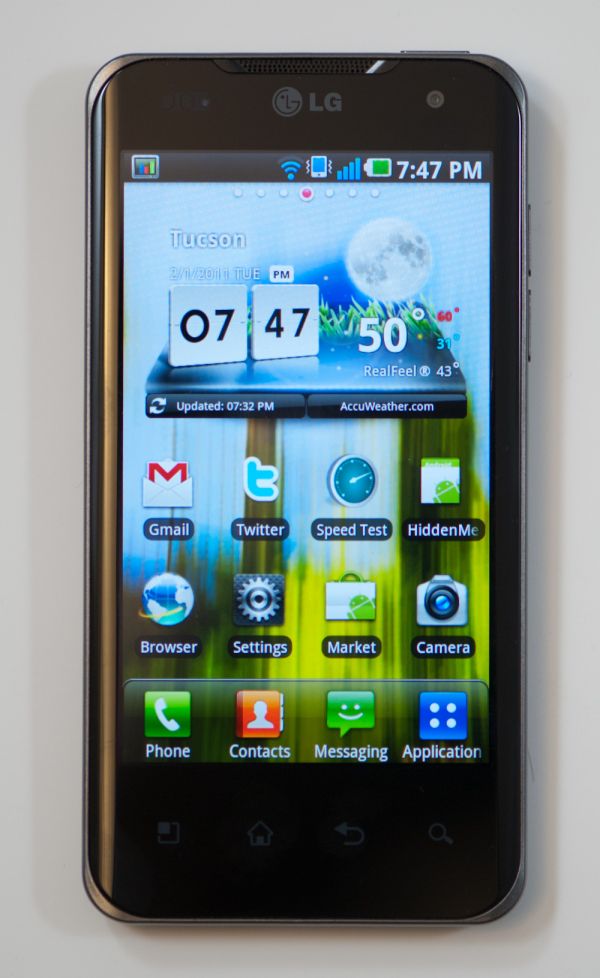
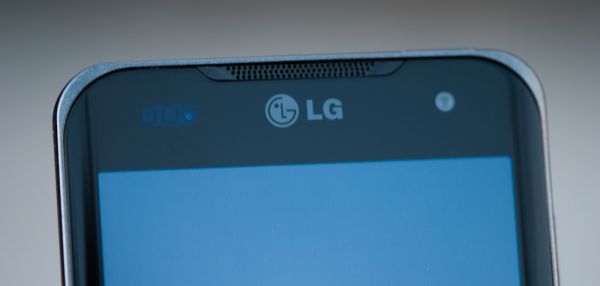
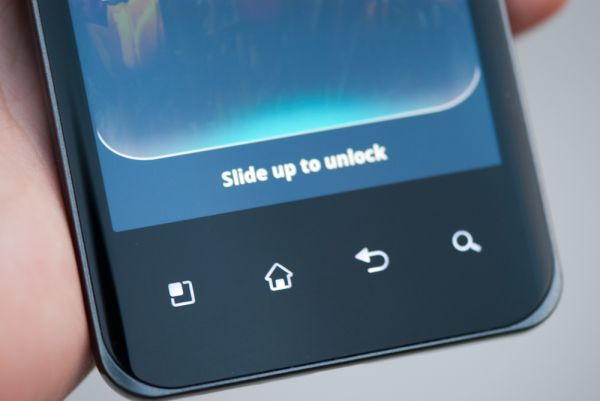








75 Comments
View All Comments
Exophase - Monday, February 7, 2011 - link
Thanks Anand.I'm surprised to hear that shot was from IMG, given that it was an IMG employee who made the comment originally about Tegra's 16-bit banding being evident on it, from the screenshot. Whoops. I do wonder what could be causing this, then.
Nonetheless, while that definitely makes my 16bit color claim invalid the depth buffer one should still hold. We might need to wait and see how much of a difference this actually makes, or rather how effective nVidia's 16-bit depth space is.
I'm glad to hear that you're as concerned about benchmarks on Android as I am. It's especially frustrating when I see people using them to try to indicate Atom being substantially better clock for clock than Cortex-A9.
Exophase - Monday, February 7, 2011 - link
Managed to miss this:"The test ramps from around 3k vertices to 15k vertices per frame, and 190k to 250k triangles per frame"
That line doesn't make any sense. How would you have hundreds of times more triangles than vertices? You must have meant something else.
sid1712 - Monday, February 7, 2011 - link
Great review as usual but i'm disappointed about the lack of details on the Sound Quality of the phone. A comparison of the sound quality (via headphone jack) alongside the iPhone 4 and the Galaxy S (with Voodoo kernel preferrably) would give a good idea about the SQ of the phone.ScentedKandle - Monday, February 7, 2011 - link
Related to this, the audio codec lists "lossless" but doesn't mention what format. Can the audio chip natively decode FLAC?teldar - Monday, February 7, 2011 - link
The order of buttons if the same as my droid x.Pjotr - Monday, February 7, 2011 - link
Does it really record 1920x1088? Does this unorthodox resolution play well on TVs, if you put it on a USB stick, for example?Brian Klug - Monday, February 7, 2011 - link
It plays back from the phone properly, and most of the playback software just does a crop. A ton of devices actually produce 1088 and don't make note of it, it should playback fine.-Brian
unmesh - Monday, February 7, 2011 - link
For active aka switching transistor power consumption, C*V^2*f (C is capacitance and f is frequency) is a better proxy than V^2/R.The conclusion that operating voltage has a huge effect remains the same.
Kevin098 - Monday, February 7, 2011 - link
Hey, can you make a video comparison between the iphone 4 retina display and Optimus 2x ?StormyParis - Monday, February 7, 2011 - link
Pages and pages of (apparently not very acurate, too) perf data, and not even one line on sound quality, which is one of my key buying points for a phone.No info on whether I'll be able to stream PC-resolution videos off my server to my bed over wifi.
Overall, not a very useful review. More like a dick size contest.